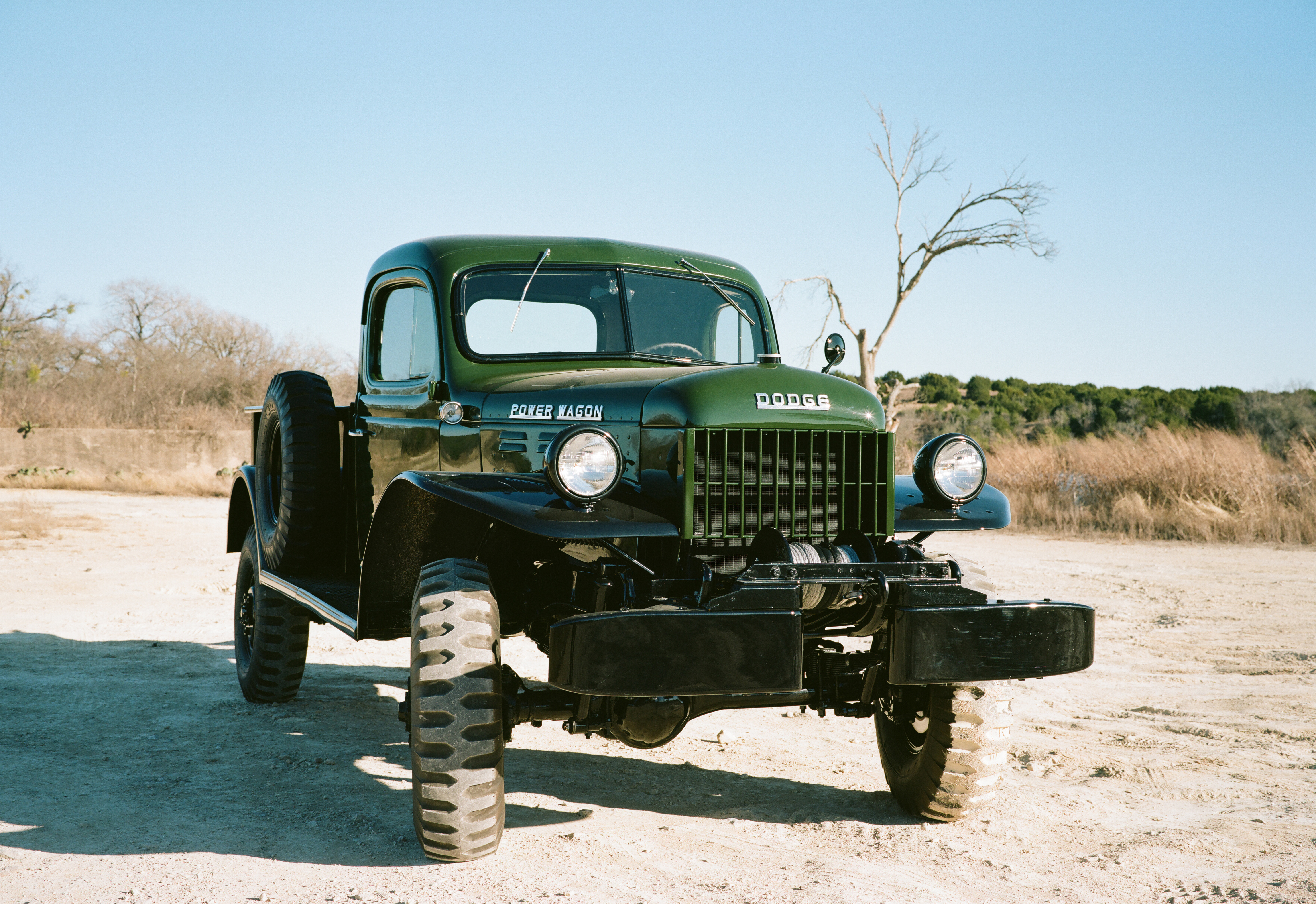Hi all
I recently had a conversation with people maintaining that film was still superior to digital.
IMHO, one may consider that each type of film, depending on the brand, had something special (a color cast, a grain, a dynamic range, etc.) and that some people may appreciate it for its effects. Yet all of them are some sort of artifact. No film was perfectly neutral.
Do you agree with me that digital IQ is nowadays vastly superior to film in resolution, WB, neutrality (little color cast if any), dynamic range, etc. If you agree at what period of time, roughly, did this happen?
Nick
I recently had a conversation with people maintaining that film was still superior to digital.
IMHO, one may consider that each type of film, depending on the brand, had something special (a color cast, a grain, a dynamic range, etc.) and that some people may appreciate it for its effects. Yet all of them are some sort of artifact. No film was perfectly neutral.
Do you agree with me that digital IQ is nowadays vastly superior to film in resolution, WB, neutrality (little color cast if any), dynamic range, etc. If you agree at what period of time, roughly, did this happen?
Nick




